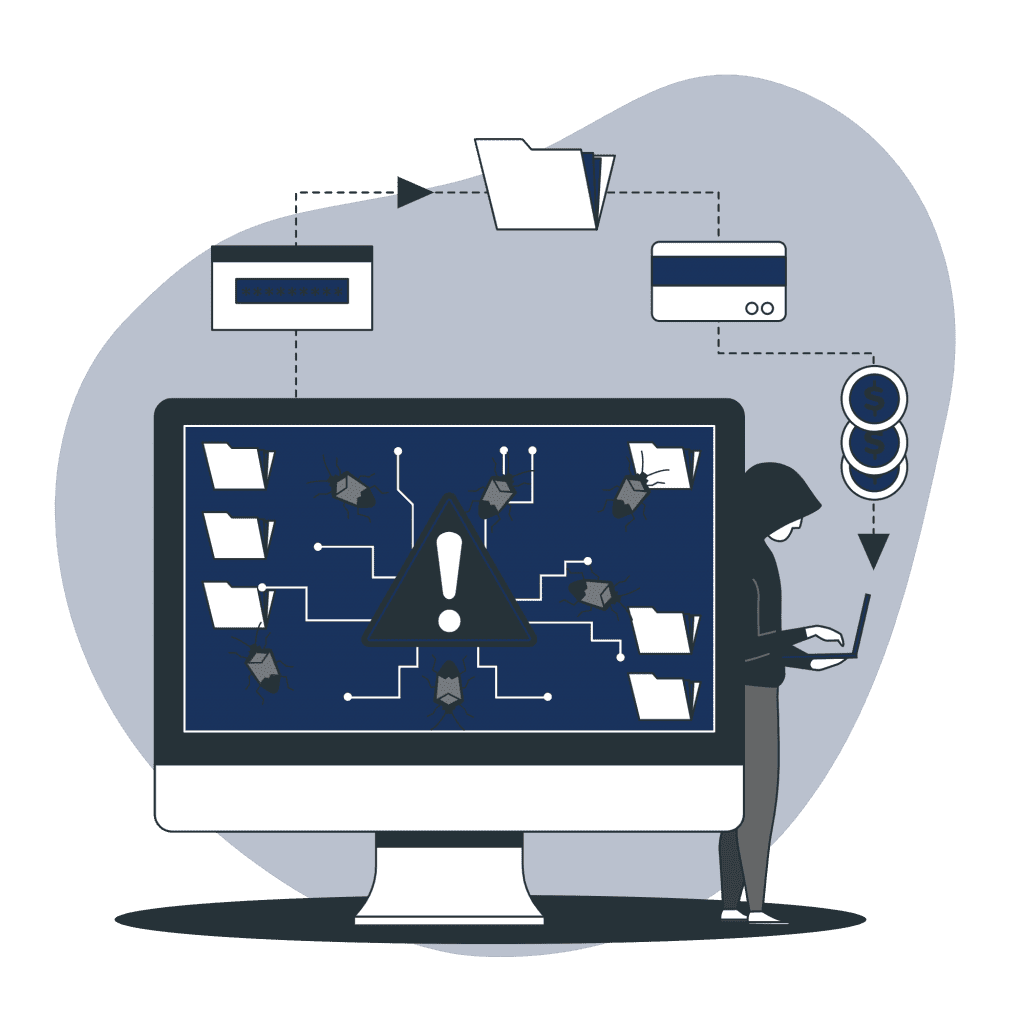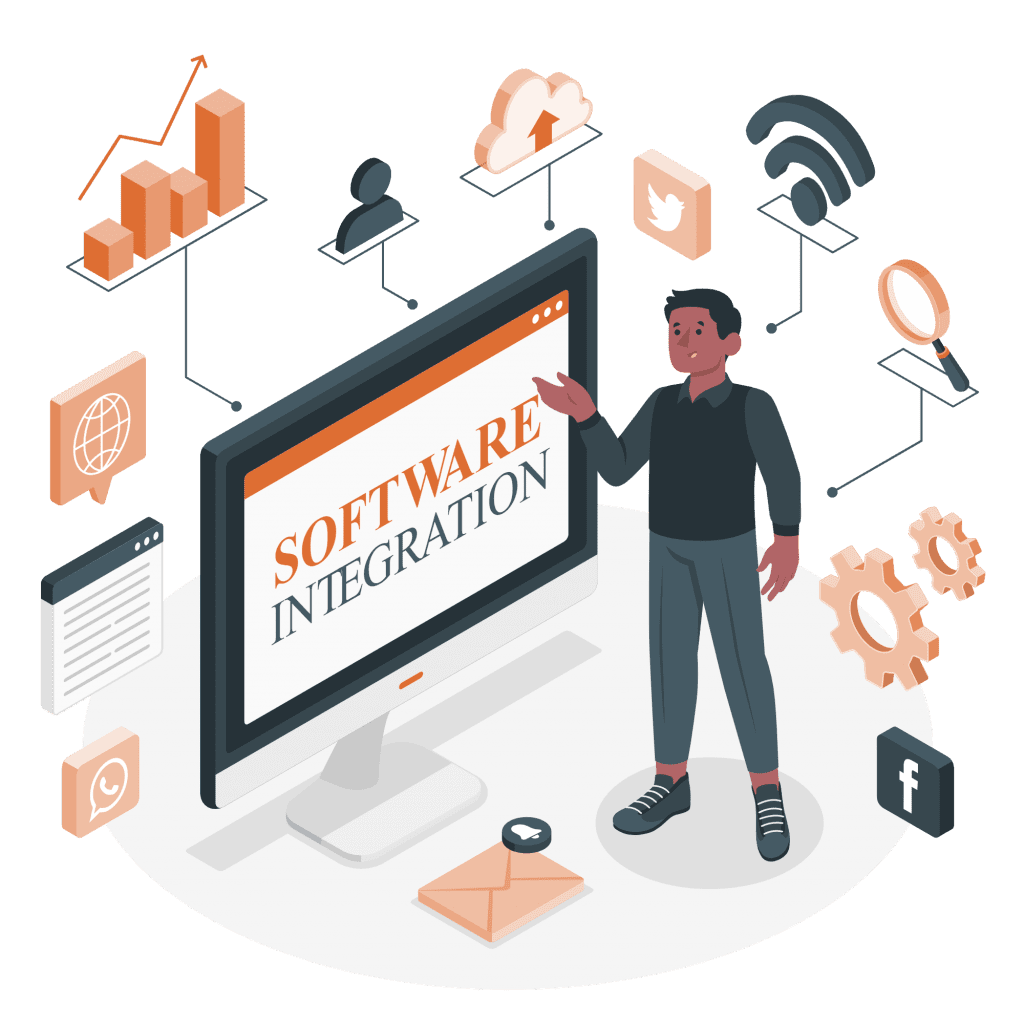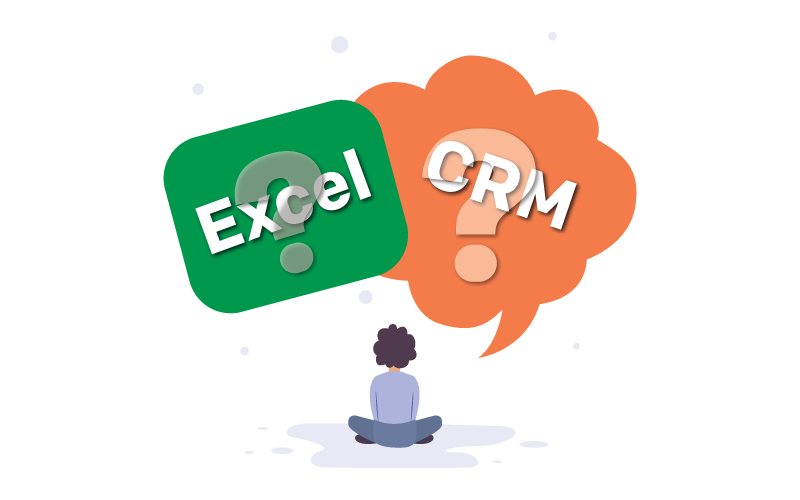Fix the common problems of an Admission Software

Digital transformation in education, especially in the post-pandemic world, is seen as inevitable as digital maturity is considered the key predictor of success. The education sector is dynamically impacted by this transition hence, suffering an urgency to keep pace with the transitory phase.
As per the survey conducted by PwC, 77% of the higher education institutes feel that robust infrastructure is of paramount importance for increasing their reach and likability during their admission process. Accordingly, 89% of institutes have integrated technology solutions during the pandemic. However, 64% of the management in HEIs faced difficulties in adopting digital technologies.
The technological evolution in the industry is relatively rapid, and the admission process is the first thing in this row of technical advancements.
Here are a few logical points that gave a deeper insight into the evolution of the admissions process in recent years.
- The adoption of digital applications has made it easier for students to apply to colleges and universities from anywhere in the world.
- Online portals for transparent and accessible admission processes allow students to track the progress of their applications, view their admission status, and access other important information.
- Big data analytics to make informed decisions, institutions can now analyse a vast amount of data on student applications, demographic trends, and other factors.
- AI-powered tools and Chatbots for faster responses and seamless experience to make it easier for institutions to handle high volumes of inquiries and questions from applicants.
- Virtual tours, online events, and other digital tools for an engaging and immersive student experience and allow institutions to connect with prospective students.
The significant point here to consider is that any admission solution can be only deemed best when the product takes into account the swift changes that are happening with the industry, user & buyer personas & how courses are being advertised, bought & chosen today.
In this content piece, we will discuss some of the common problems and issues that institutions face while working with admission software and the possible solutions to fix these problems.
Problem #1: Technical Issues

One of the most common problems faced by institutions while operating with admission software is technical issues. Technical issues can range from software crashes, slow processing speed, and server problems to data loss and poor user experience.
Here are some significant technical issues that need to be addressed:
- System incompatibility: The admission software may not be compatible with the institute’s existing hardware, operating system, or network environment, which can result in software crashes, data loss, or delays.
- Uneven integration: The software may not integrate well with the institute’s existing data systems or other software applications, which can result in data discrepancies, inconsistencies, and duplication.
- Poor user experience: Not having a user-friendly interface or user experience can make it difficult for your counselors to navigate and use the system effectively, resulting in inefficiencies and errors.
- Insufficient security: The software may not have sufficient security measures to protect sensitive student and admission data, which can make it vulnerable to data breaches, cyber-attacks, and other security threats.
- Inadequate technical support: The software provider may not have adequate technical support to address any issues in the admission software, resulting in delays, downtime, and other inefficiencies.
- Poor scalability: The software may not be scalable to handle increasing volumes of applications, resulting in slow processing times, delays, and other inefficiencies.
How do we solve these problems?
- Verify system requirements before implementation to ensure that the admission software is compatible with your existing hardware, operating system, and network environment.
- Select admission software that can integrate with the existing data systems or other software applications. Also, perform periodic data audits to ensure data discrepancies and inconsistencies are minimised.
- Select admission software that has a user-friendly interface. Proper training and support for the counselors are required to ensure they can use the software effectively.
- The software should have sufficient security measures to protect sensitive data. Do perform regular security audits and implement security patches and updates.
- You need to have access to adequate technical support, including software updates and patches. Develop and implement a disaster recovery plan to minimise downtime in the event of system crashes or data loss.
- Select scalable software that can handle large volumes of applications. Also, implement load balancing and other performance optimisation techniques to ensure the efficient processing of applications.
Problem #2: User Experience

Another common problem is poor user experience. Admission software is designed to provide a user-friendly experience, but when the software is too complicated or lacks user-friendly features, it can be challenging for students and counselors to use.
Here are some significant issues that need to be addressed:
- Complicated navigation: If the navigation of the software is complicated and has a slow loading time, it can cause frustration and confusion for the students. This leads to the abandonment of the process altogether by the students.
[New research by Google has found that 53% of mobile website visitors will leave if a webpage doesn’t load within three seconds.] - Lengthy registration process: A lengthy registration process with multiple steps and fields can overwhelm students. This can lead to a drop in lead engagement and result in incomplete applications.
[As per the report from WP forms, 27% of people abandon their form due to form length] - Unclear instructions: If the instructions provided to the students are unclear or insufficient, it can lead to mistakes and errors in the application process.
- Lack of mobile optimisation: As per the report by Mint, 79% of students in India use smartphones, while only 17% have access to laptops and 4% to tablets. It’s evident now that students expect to be able to complete tasks on their mobile devices. If the software is not optimised for mobile, it can lead to a poor user experience.
- Limited user feedback: If the admission software does not provide feedback to the students during the application process, it will be difficult for them to know if they are making progress and if their application has been successfully submitted.
- Security concerns: If the admission management system is not secure, it can lead to users being hesitant to submit their personal information. This can result in incomplete applications and a poor user experience.
[As per the report from WP forms, 29% of people abandon their form due to security concerns]
How do we solve these problems?
- Simplify the navigation of the admission management system by using clear and concise labels and minimising the number of clicks required to complete a task.
- Streamline the registration process by reducing the number of fields and steps required to complete the application.
- Provide clear and concise instructions at each step of the application process, with visual aids if necessary.
- Optimise the admission software for mobile devices to provide a seamless user experience for students accessing the system on their mobile devices.
- Provide students with feedback at each stage of the application process, including confirmation of successful submission, and progress updates.
- Ensure that the software is secure, and communicate this to users/students to reassure them that their personal information is safe.
Problem #3: Data Security

Data security is a critical concern for educational institutions as they handle sensitive student data. Data breaches can result in severe consequences, including financial losses, legal issues, and damage to the institution’s reputation.
Here are some significant issues regarding data security that need to be addressed:
Unauthorized access: If the admission software is not properly secured, it can be vulnerable to unauthorized access, which can result in the theft or manipulation of sensitive data.
[As per ForgeRock’s research, unauthorized access was the leading cause of breaches for the third consecutive year, increasing year-over-year for the past two years, accounting for 43% of all breaches in 2020]
Ransomware and viruses: Ransomware and viruses can infect the admission software and compromise the security of sensitive data.
[According to the 2022 “Verizon Data Breach Investigations Report,” ransomware attacks surged dramatically in 2022; ransomware was involved in 25% of all breaches]
Lack of encryption: If the software does not use encryption to protect sensitive data, it can be vulnerable to interception and theft of data during transmission or storage.
[According to the world in data breaches report by Varonis, 7 million unencrypted data are compromised every day]
Insecure networks: If the admission software is accessed over an insecure network, such as a public Wi-Fi network, it can be vulnerable to interception and theft of data.
[As per Probrand research, 72% of companies that suffered a data breach found that their network was infiltrated using an unsecured wireless device]
Third-party software vulnerabilities: If the admission software relies on third-party software, vulnerabilities in that software can compromise the security of the admission software.
[As per the recent research conducted by Riskrecon, 59 per cent of respondents confirm that their organisations have experienced a data breach caused by one of their third parties]
Lack of regular security updates: If the admission software is not regularly updated to address security vulnerabilities, it can be vulnerable to attack.
How do we solve these problems?
Implement access controls such as Mandatory access control (MAC), Role-based access control (RBAC), Rule-based access control, and Attribute-based access control. This ensures that only authorized individuals have access to sensitive data.
Use encryptions such as Transport layer security (TLS) to protect sensitive data during transmission and storage.
Use secure networks such as firewalls, data loss prevention, email security, etc, to ensure that data is not intercepted or stolen during transmission.
Monitor the admission software through a strong password policy, and two-factor authentication (2FA), monitor user activity for unauthorized access or suspicious activity and take immediate action if any is detected.
Follow data protection laws such as the International organisation of Standardisation (ISO) and regulations to ensure that sensitive data is collected, stored, and processed in compliance with legal requirements.
Conduct penetration testing to identify vulnerabilities in the admission software and address them before they can be exploited. Conduct periodic security training for staff and faculty to ensure that they are aware of the latest security threats and best practices.
Problem #4: Integration with Other Systems

Institutions often face problems when integrating admission software with other systems, such as student information systems, payment gateways, IVRs and course registration systems. These integration issues can result in delays and errors in the admissions process.
Here are some significant issues regarding the integration of other systems that need to be addressed:
Incompatible systems: Your admission software may not be compatible with other systems you are planning to integrate, which can result in software crashes, data loss, or delays.
Data Migration: Integrating admission software with other systems can result in the need for data migration, which can be time-consuming and result in data loss or inconsistencies.
Security: Integrating admission software with other systems can increase the risk of security breaches, as sensitive data may be exposed to unauthorized access.
Technical Complexity: The integration of admission software with other systems can be technically complex and require significant resources to implement, leading to delays and increased costs.
System Upgrades: Upgrades or changes to the other system can break the integration with your software, leading to further inefficiencies and potential downtime.
Data inconsistencies: When integrating with other systems, data inconsistencies can arise between the admission software and the other system. This can cause confusion and delays in processing applications.
How do we solve these problems?
Select admission software that is compatible with other systems or develops custom integration solutions to ensure seamless integration.
Establish standardized data formats and data governance policies, implementing data validation checks, and data mapping techniques to minimise data discrepancies.
Implement robust security measures such as encryption, access controls, and firewalls to secure the data during integration. Performing regular security audits to identify and mitigate potential vulnerabilities.
Select admission software with a comprehensive API (Application Programming Interface) and develop custom integration solutions using established integration frameworks. Seeking the support of experienced integration specialists to ensure seamless integration.
Establish regular communication with the other system’s developers and receive updates on the upgrade timelines. Conducting regular compatibility checks and updates to ensure continued compatibility.
Plan for data migration well in advance, testing the migration process thoroughly, and ensuring data accuracy and consistency.
Final Thoughts
Admission software is a valuable tool for educational institutions, but it is essential to address the common problems that can arise while operating with the software to ensure the admissions process is efficient, secure, and user-friendly.
Choosing the best-suited admission software is probably the most important investment as this will pave way for a seamless process for admission, outreach & engagement with the prospects. It would be mindful to go for software that eliminates the need to invest your time and energy in the above issues. Look for a software provider who understands your use case and takes care of the technicalities.
FYI: ExtraaEdge being in the education industry for 6 years now, is known for its tailor-made software with impeccable customer support. Here, everything from technical advancements, and data security to user experience and multiple integrations are taken care of.


